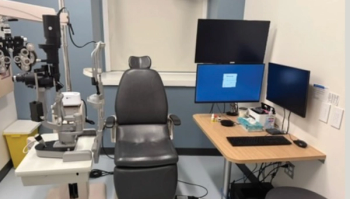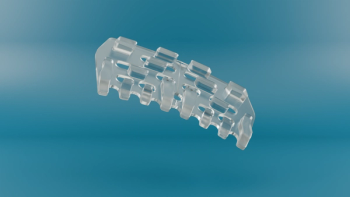
Trabecular Bypass surgery in cataract patients with glaucoma
Dr Nichamin discusses surgical options including MIGS, which he believes is offering attractive prospects for both patients and surgeons.
Lowering IOP
Substantial lowering of intraocular pressure (IOP) can be achieved through surgeries such as trabeculectomy and filtering procedures, however, they are often fraught with secondary complications and postoperative hassles that make them less appealing options. In general, a trabeculectomy has the highest probability of lowering IOP to a level of 10 mmHg. However, it also has the greatest risk of hypotony and associated blurred vision with the most common unresolved issues being extended periods of time until IOP and vision stabilize, and possible acceleration of the cataract.
While there is good evidence that removing a cataract in a glaucoma patient can lower IOP some, we are finding that there is an opportunity to provide greater IOP lowering benefit to the patient.
Newsletter
Get the essential updates shaping the future of pharma manufacturing and compliance—subscribe today to Pharmaceutical Technology and never miss a breakthrough.













































